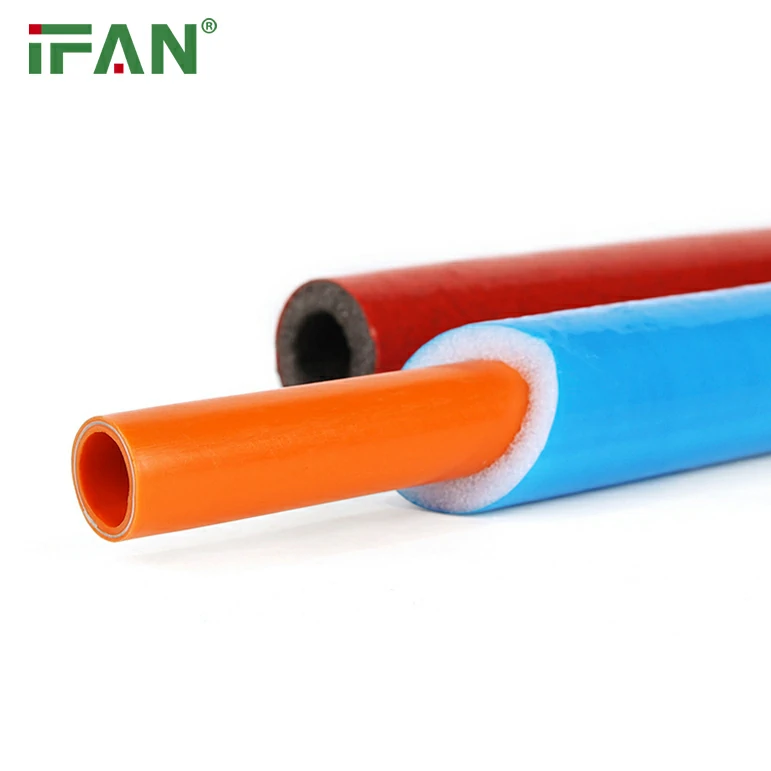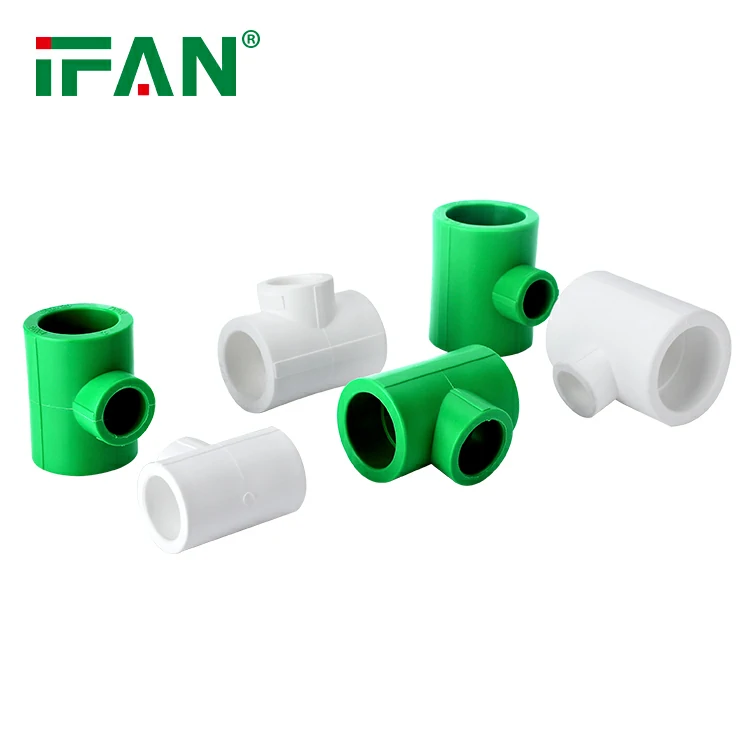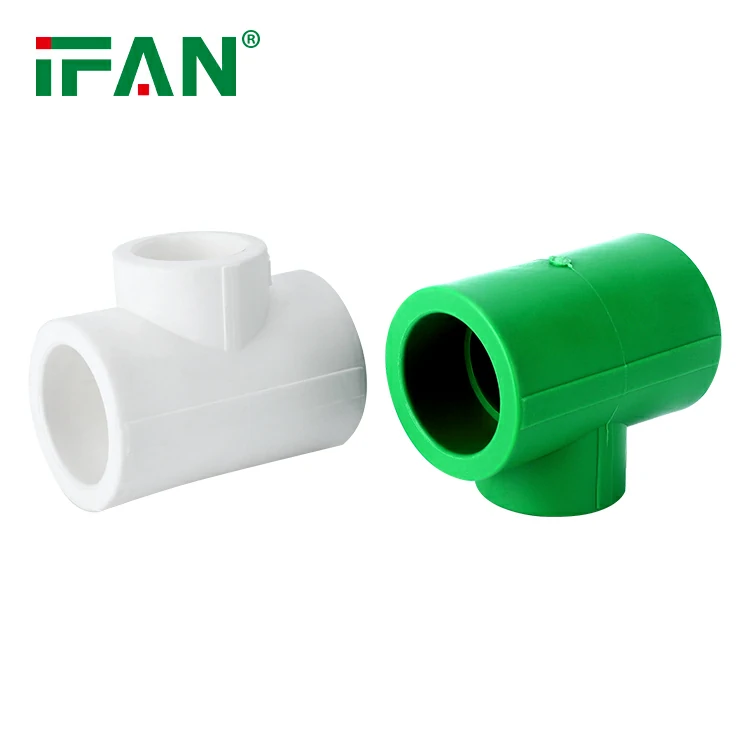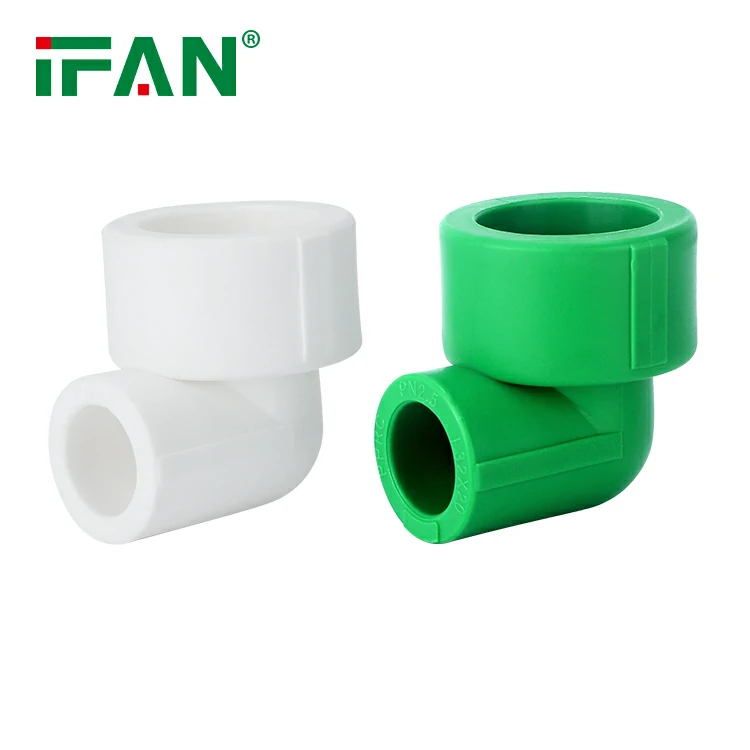Introduction
The plumbing landscape in Cambodia is evolving rapidly, with new materials and technologies entering the market to meet the growing demands of construction and infrastructure development. Among these advancements is the introduction of PEX (cross-linked polyethylene) pipes, which are now available in Cambodia. PEX pipes are celebrated for their flexibility, ease of installation, and resistance to corrosion. However, as the market expands, it is essential to explore alternatives such as PPR (Polypropylene Random Copolymer) pipes, which offer unique advantages for plumbing systems. This article will delve into the benefits of PEX pipes now available in Cambodia while also highlighting the advantages of PPR pipes as a reliable alternative.
Understanding PEX Pipes
What is PEX?
PEX is a type of plastic piping that has gained popularity in plumbing systems around the world. It is made through a process that cross-links polyethylene molecules, resulting in a highly flexible and durable material. PEX pipes are commonly used for hot and cold water supply lines, radiant heating systems, and more.
Key Benefits of PEX Pipes
- Flexibility: One of the standout features of PEX pipes is their flexibility. This allows for easy installation in various configurations, reducing the need for multiple fittings and minimizing potential leak points.
- Resistance to Corrosion: Unlike metal pipes, PEX is resistant to corrosion, which can be a significant advantage in areas with hard water or aggressive water conditions.
- Quick Installation: PEX pipes are lightweight and easy to handle, making installation faster and more efficient. This can result in lower labor costs and quicker project completion times.
- Reduced Noise: PEX pipes are quieter than traditional metal pipes. This is particularly beneficial in residential settings where noise from water flow can be disruptive.
- Cost-Effectiveness: The combination of lower material costs and reduced labor time makes PEX an economically viable choice for many plumbing projects.
The Availability of PEX Pipes in Cambodia
With the growing construction and real estate development in Cambodia, the availability of PEX pipes is a significant advancement in the plumbing industry. Local suppliers and distributors are now offering a range of PEX products, making it easier for contractors and builders to access this innovative material.

Market Demand for PEX in Cambodia
The demand for PEX pipes in Cambodia is driven by several factors:
- Rapid Urbanization: As cities expand and new residential and commercial projects emerge, the need for efficient plumbing solutions has increased.
- Modern Construction Practices: Builders are increasingly adopting modern construction techniques that favor the use of flexible and durable materials like PEX.
- Rising Awareness of Plumbing Standards: With a growing emphasis on quality and safety in construction, more professionals are seeking reliable plumbing materials that meet international standards.
PPR Pipes: A Strong Alternative
While PEX pipes are now available in Cambodia, it is essential to consider PPR pipes as a strong alternative. PPR (Polypropylene Random Copolymer) pipes have been widely used in plumbing systems for many years and offer several advantages.
Advantages of PPR Pipes
- Chemical Resistance: PPR pipes are highly resistant to a wide range of chemicals, making them ideal for industrial applications and environments where chemical exposure is a concern.
- Thermal Stability: PPR pipes can handle higher temperatures than PEX, making them suitable for hot water applications without compromising their structural integrity.
- Longevity: PPR pipes have a lifespan of over 50 years, significantly longer than PEX. Their resistance to corrosion and chemical damage ensures they remain reliable over time.
- Installation Process: PPR pipes are typically joined using heat fusion techniques, which create strong, leak-proof connections. This method is often considered more reliable than the mechanical connections used with PEX.
- Environmental Impact: PPR pipes are made from recyclable materials, making them a more sustainable option compared to PEX, which is derived from petroleum-based products.
Comparing Installation Techniques: PEX vs. PPR
Installation of PEX Pipes
Installing PEX pipes is a straightforward process that can be completed quickly. Here’s a brief overview of the steps involved:
- Planning the Layout: Before installation, it’s essential to plan the plumbing layout, considering the location of fixtures and appliances.
- Cutting the Pipe: PEX pipes are cut to the desired lengths using a pipe cutter.
- Connecting Fittings: Depending on the type of fittings used (crimp or expansion), the appropriate method is applied to secure the connections.
- Securing the Pipes: PEX pipes should be secured to walls or ceilings using straps or hangers to prevent sagging.
- Testing for Leaks: After installation, a pressure test should be conducted to ensure there are no leaks in the system.
Installation of PPR Pipes
The installation process for PPR pipes differs significantly:
- Planning the Layout: Similar to PEX, planning the layout is crucial for PPR installations.
- Cutting the Pipe: PPR pipes are cut to the required lengths using a pipe cutter.
- Heating and Joining: Both the pipe and fitting are heated using a specialized welding tool until they reach the correct temperature. The heated ends are then joined together, creating a strong bond as they cool.
- Cooling Period: The joint is allowed to cool, solidifying the connection.
Addressing Common Concerns with PEX Pipes
Despite the many advantages of PEX pipes, some common concerns need to be addressed:
1. Leaching Concerns
One of the primary concerns with PEX is the potential for leaching harmful chemicals into the water supply. While many manufacturers have improved their formulations, this remains a topic of discussion among health professionals.
2. Temperature Sensitivity
PEX pipes can expand and contract with temperature fluctuations. If not installed correctly or supported adequately, this can lead to stress on the pipes and potential failure.
3. Vulnerability to UV Light
PEX is sensitive to UV light, which can degrade the material over time. This means that PEX pipes should not be exposed to direct sunlight for extended periods.
Why Choose PPR Pipes Over PEX?
Given the concerns surrounding PEX, many plumbing professionals are turning to PPR pipes as a more reliable alternative. Here are some compelling reasons to consider PPR:
- Enhanced Safety: PPR pipes have a low leaching potential, making them a safer choice for drinking water applications.
- Stable Performance: PPR pipes maintain their integrity under varying temperature conditions, reducing the risk of failure due to thermal stress.
- Lower Maintenance Costs: The durability of PPR pipes often translates into lower maintenance and repair costs over time.
- Environmental Benefits: PPR pipes are recyclable and have a lower environmental impact compared to PEX.
Conclusion
The introduction of PEX pipes in Cambodia marks a significant advancement in the plumbing industry, offering new opportunities for efficient and cost-effective installations. However, it is essential to consider alternatives like PPR pipes, which provide unique benefits in terms of chemical resistance, thermal stability, and longevity. As the plumbing landscape continues to evolve, understanding the strengths and weaknesses of each material will empower contractors and homeowners to make informed choices that align with their specific needs and sustainability goals.
Frequently Asked Questions (FAQs)
1. What are PEX pipes, and why are they popular?
PEX pipes are cross-linked polyethylene pipes known for their flexibility, resistance to corrosion, and ease of installation. They are popular for residential and commercial plumbing due to their cost-effectiveness and durability.
2. Are PPR pipes a good alternative to PEX?
Yes, PPR pipes are an excellent alternative to PEX. They offer advantages such as chemical resistance, thermal stability, and a longer lifespan, making them suitable for various plumbing applications.
3. How do you install PEX pipes?
Installing PEX pipes involves planning the layout, cutting the pipes to length, connecting fittings (using crimp or expansion methods), securing the pipes, and testing for leaks.
4. What are the advantages of using PPR pipes?
PPR pipes have several advantages, including high chemical resistance, the ability to withstand high temperatures, a long lifespan, and environmentally friendly properties.
5. Can PEX pipes be recycled?
Yes, PEX pipes can be recycled, though the recycling processes may vary by region. Efforts are being made to improve the sustainability profile of PEX materials.





